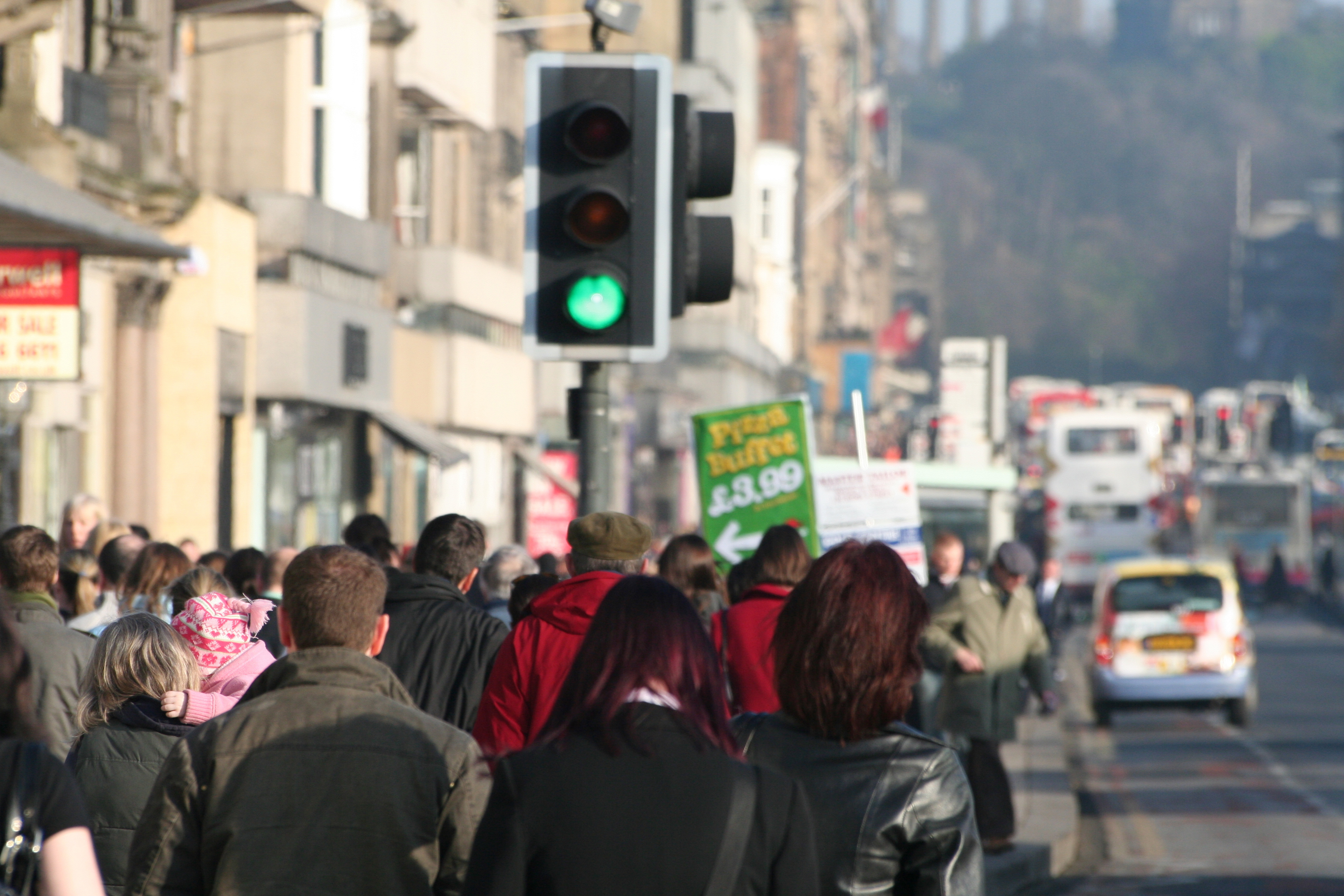Annual growth in total earnings was 5.6% in the three months to January 2024 and shows further signs of slowing, with “every indicator on its way in the wrong direction”.
The annual wage growth figure for total earnings – including bonuses – in Great Britain was down from 5.8%, while annual growth in employees’ average regular earnings – excluding bonuses – was 6.1%.
This is the fifth time in a row that regular earnings have slowed. However, in real terms, accounting for inflation and owner-occupiers’ housing costs, pay has risen on the year by 1.4%. Meanwhile, regular pay rose on the year by 1.8%, according to the Office for National Statistics (ONS).
Elsewhere, the ONS revealed that the UK employment level is up on the year but down on the quarter. Its estimates for November 2023 to January 2024 stand at 75%, with 30.4 million payrolled employees in February 2024.
However, these are early estimates, with the ONS noting they should be treated as “provisional” and are likely to be revised when more data are received next month.
Turning to unemployment (for those aged 16 years and over), the rate was estimated at 3.9% in the three months to January 2024, which is above figures released a year ago, though is largely unchanged on the latest quarter.
The UK economic activity rate for those aged 16 to 64 years was 21.8%, which is also above estimates of a year ago, having also increased in the last quarter.
But, the estimated number of vacancies in the UK fell by 43,000 on the quarter to 908,000. This is the 20th consecutive fall, but the ONS noted it is still above pre-coronavirus pandemic levels.
Meanwhile, redundancies have climbed to their highest level since 2021.
The ONS also revealed there were 203,000 working days lost because of labour disputes across the UK in January 2024, with the health and social work industry showing the most working days lost this month.
‘Jobs market vital signs are quietly deteriorating’
Sarah Coles, head of personal finance at Hargreaves Lansdown, said: “The jobs market is sitting up in bed, tucking into another wage rise. But things are not as rosy as they seem, because its vital signs are quietly deteriorating.
“Wages are still rising well ahead of inflation, and despite slowing in recent months, it means many of those in work are feeling some of the financial pressures ease. However, under the skin of the jobs market, there’s bad news lurking.
“While we haven’t seen any dramatic movements, every indicator is on its way in the wrong direction – with unemployment and economic inactivity up, employment down, vacancies dropping for the 20th month in a row and redundancies at their highest level since 2021 – at the tail end of the coronavirus peak. This isn’t significantly different to where redundancies were before the pandemic, but the rise in recent months has been notable. Back in August-October it was 2.2 per 1,000, whereas now it’s 4.6 per 1,000.”
Coles added that it means “we can’t afford to be complacent”.
“The Office for Budget Responsibility (OBR) has been predicting a rise in unemployment, so this could just be the start of a trend that renders the labour market far less healthy in the months to come,” she said.





